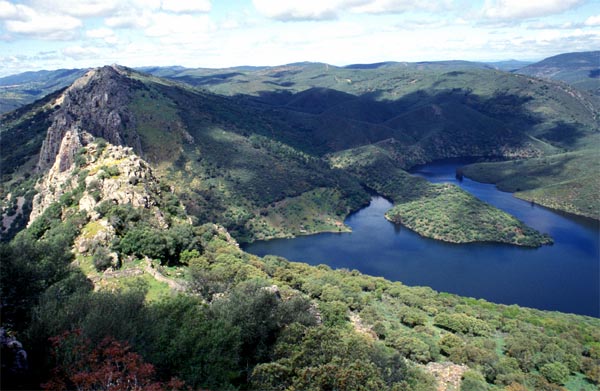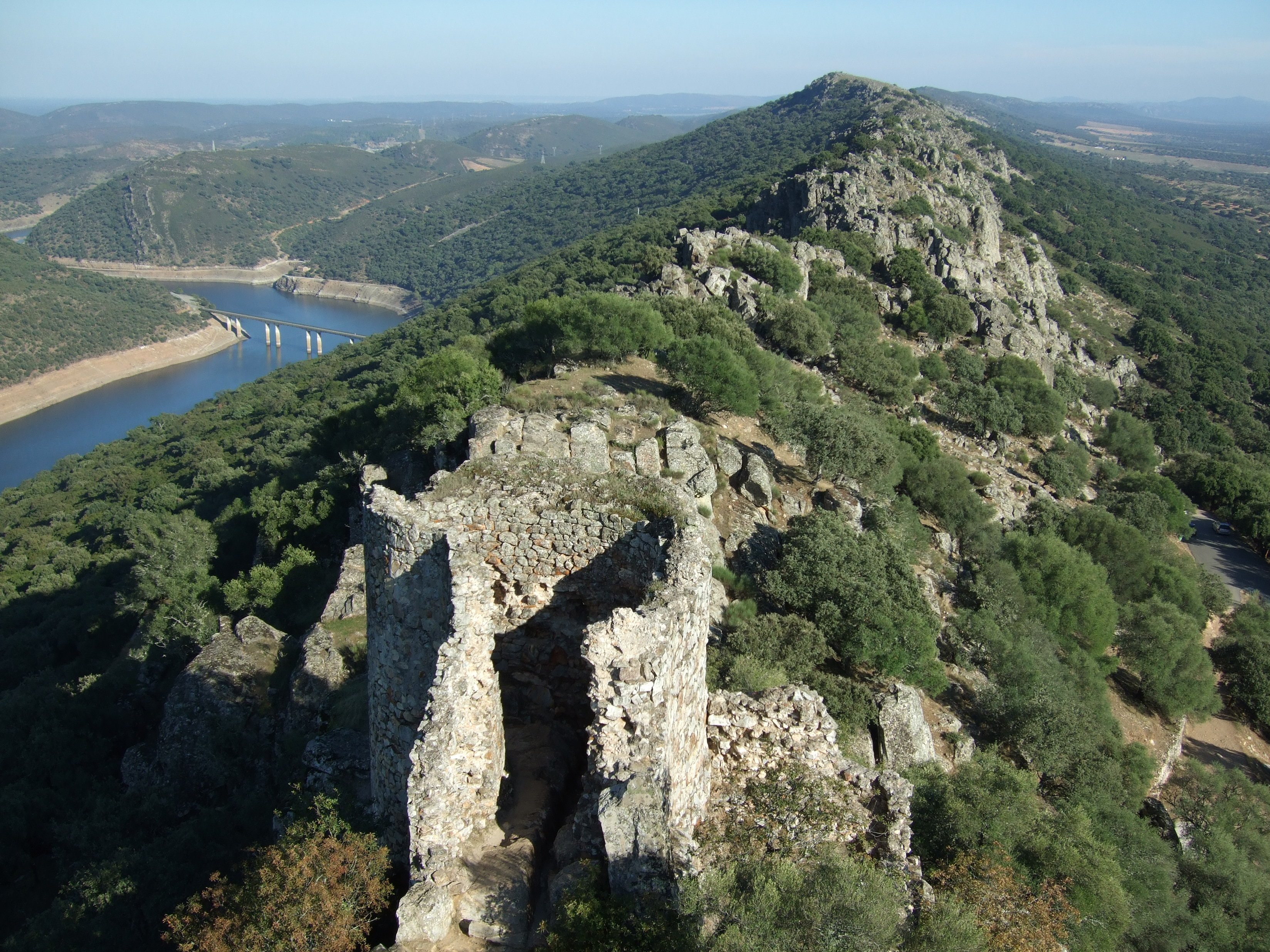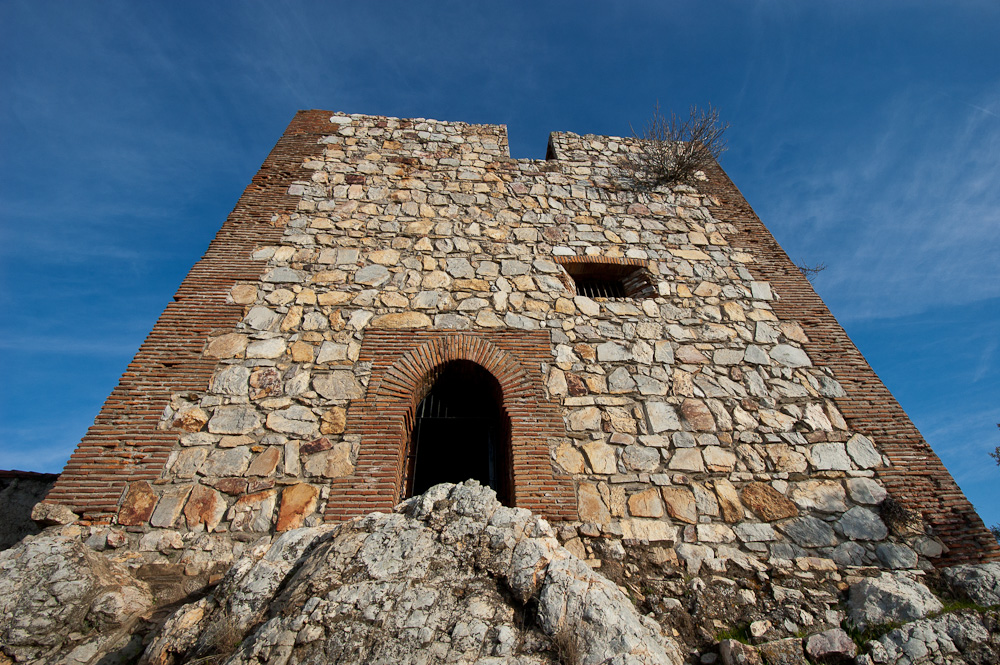
Part of this four hour route coincides with the Cañada Real de la Plata or Silver Route, and it allows us to get a spectacular panoramic view from the viewpoint which dominates the confluence of the river Tiétar and the Cardenal bridge.
The Monsfragorum (overgrown mountain) of the Romans, or Al-Mofrag (the abyss) of the Arabs, is an immense scrubland of slate and quartz, throwing up rocky outcrops 500 to 600 metres high, cloven into two halves by the River Tagus. Like an island in an ocean of holm oak forests, Monfragüe in north-east Cáceres, has seen cavemen and Vettones, legionaries and Visigoths, Moors and Christians…; they all passed through this lonely landscape, including the herds of the Mesta, leaving behind a castle, a handful of huts, and fertiliser for the plants.

To hike in Monfragüe, go to Villarreal de San Carlos (71 kilometres from Cáceres via the EX-390 to Torrejón el Rubio, and then the EX-208 towards Plasencia), a town founded by Carlos III halfway between Plasencia and Trujillo as a night-time shelter to protect shepherds from wolves and bandits, on the spot now occupied by the Visitors' Centre. This is the start of the Castillo trail (Ruta del Castillo), a lovely four-hour walk, marked out with red stakes, through the heart of the national park. The path, which occasionally coincides with the Cañada Real de la Plata or Silver Route, takes you to the banks of the Tagus in less than half an hour, after passing by a  viewing point overlooking the confluence of the River Tiétar and the bridge, Puente del Cardenal.
viewing point overlooking the confluence of the River Tiétar and the bridge, Puente del Cardenal.
If the bridge is underwater, you will have to make do with the modern one a kilometre further on and cross over to the Fuente del Francés. There a sign will invite you to follow the steep path winding up to the chapel and castle of Monfragüe. This dense, shady forest contrasts with the sparse holm oaks, wild olives and shrubs on the southern side, where we will make our way down  13.28.14.png) after the pleasure of scanning the endless horizon of this prehistoric terrain from the tower of the ruined Arab fortress.
after the pleasure of scanning the endless horizon of this prehistoric terrain from the tower of the ruined Arab fortress.
Also prehistoric are the Bronze Age paintings you can see on your way down (on the barer side) where the path curves shortly before meeting the road to the Salto del Gitano. And there is a prehistoric look to the many birds to be seen here, thanks to the observatory opposite the outcrop of Peñafalcón: Egyptian vultures, black storks, golden eagles… And the most imposing of all, the cinereous vulture, the largest bird of prey in Eurasia, with a wingspan of nearly three metres. The colony of more than 300 pairs here is the largest on the planet. At the bridge, go back towards the river and then you can head back to Villarreal de San Carlos following the same route.